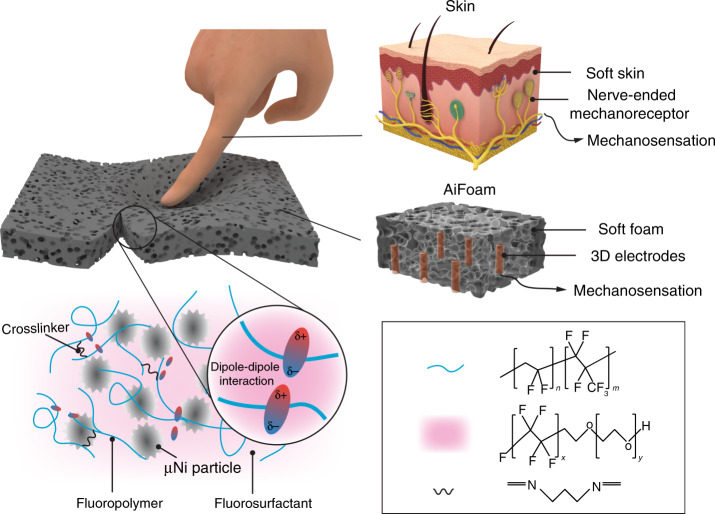Fig. 1. Artificially innervated pressure sensor that is low-modulus, elastic, and self-healing.
Left The schematic diagram of the mechanism of the AiFoam material. The polymer chains (blue curves) are cross-linked by DAP (black curves) and surrounded by the fluorosurfactant (pink color) to form the low-modulus base elastomer. Micro-nickel (μNi) particles with surface nanostructure (gray particles) are mixed with the elastomer to form the foam material. The dipole–dipole interactions among the polymer chains and the surfactant molecule trap the surfactant within the polymer and enable the material to be self-healing. The AiFoam is fabricated by embedding three-dimensional electrodes in the foam material to mimic the innervations of the human skin. Right the schematic diagram of artificially innervated foam (AiFoam) sensor (middle) imitating the somatosensory innervation system of human skin (top).

